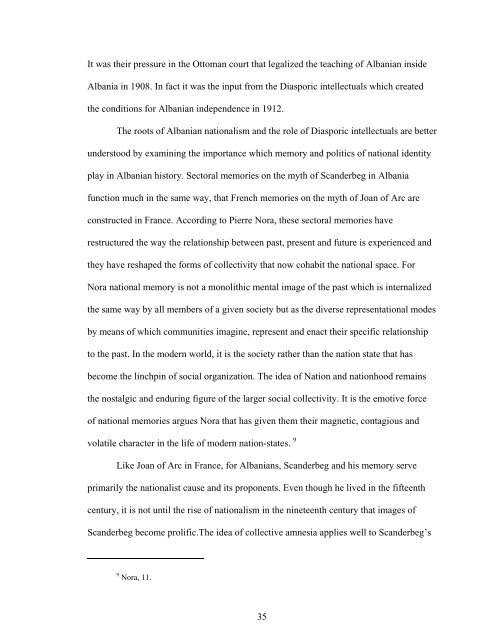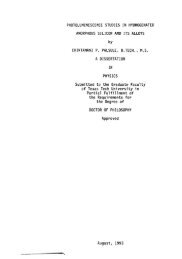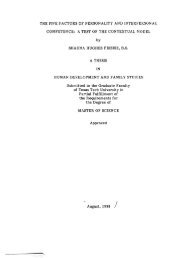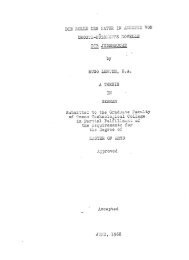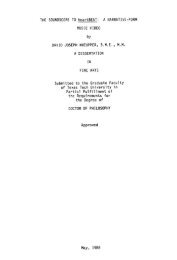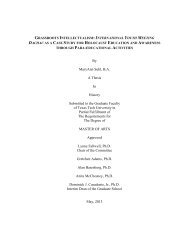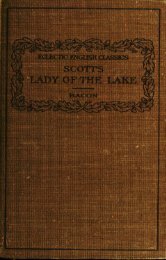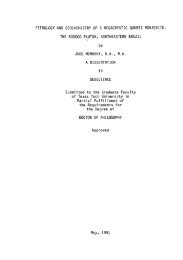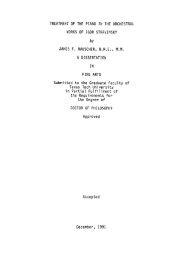Chandra Prakash Bhongir, Civil Engr, May04 - Repositories
Chandra Prakash Bhongir, Civil Engr, May04 - Repositories
Chandra Prakash Bhongir, Civil Engr, May04 - Repositories
You also want an ePaper? Increase the reach of your titles
YUMPU automatically turns print PDFs into web optimized ePapers that Google loves.
It was their pressure in the Ottoman court that legalized the teaching of Albanian inside<br />
Albania in 1908. In fact it was the input from the Diasporic intellectuals which created<br />
the conditions for Albanian independence in 1912.<br />
The roots of Albanian nationalism and the role of Diasporic intellectuals are better<br />
understood by examining the importance which memory and politics of national identity<br />
play in Albanian history. Sectoral memories on the myth of Scanderbeg in Albania<br />
function much in the same way, that French memories on the myth of Joan of Arc are<br />
constructed in France. According to Pierre Nora, these sectoral memories have<br />
restructured the way the relationship between past, present and future is experienced and<br />
they have reshaped the forms of collectivity that now cohabit the national space. For<br />
Nora national memory is not a monolithic mental image of the past which is internalized<br />
the same way by all members of a given society but as the diverse representational modes<br />
by means of which communities imagine, represent and enact their specific relationship<br />
to the past. In the modern world, it is the society rather than the nation state that has<br />
become the linchpin of social organization. The idea of Nation and nationhood remains<br />
the nostalgic and enduring figure of the larger social collectivity. It is the emotive force<br />
of national memories argues Nora that has given them their magnetic, contagious and<br />
volatile character in the life of modern nation-states. 9<br />
Like Joan of Arc in France, for Albanians, Scanderbeg and his memory serve<br />
primarily the nationalist cause and its proponents. Even though he lived in the fifteenth<br />
century, it is not until the rise of nationalism in the nineteenth century that images of<br />
Scanderbeg become prolific.The idea of collective amnesia applies well to Scanderbeg’s<br />
9 Nora, 11.<br />
35


